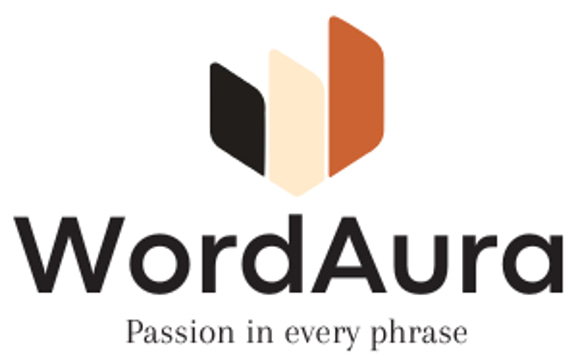Harnessing the Power of Storytelling in Business Writing
6/16/20251 min read


Introduction to Storytelling in Business Writing
In the increasingly competitive landscape of modern business, the ability to engage clients and stakeholders is paramount. One approach that has garnered significant attention is storytelling. The power of storytelling in business writing transcends mere communication; it establishes connections, enhances creativity, and can even drive sales. Employing narratives in business writing allows companies to resonate with their audience on a deeper level, fostering trust and understanding.
The Benefits of Storytelling in Business Communication
Utilizing storytelling techniques in business writing offers several advantages. Firstly, it makes the content more relatable. When professionals incorporate stories, audiences see themselves in those narratives. For instance, a successful case study can illustrate a company's solution effectively while creating an emotional connection. Secondly, storytelling enriches the information being shared, making complex ideas easier to digest. Numbers and facts can be overwhelming; wrapped in a story, they become memorable experiences. Furthermore, storytelling can differentiate a brand from its competitors. Unique narratives allow businesses to showcase their values and unique selling propositions, thereby standing out in the marketplace.
Implementing Storytelling Techniques in Business Writing
To effectively implement storytelling techniques in business writing, consider the following strategies: Start by identifying the core message you wish to convey. From there, create a narrative that aligns with that message while incorporating characters, conflicts, and resolutions. Whether it's through customer testimonials, historical anecdotes, or metaphors, each element should serve a purpose and drive the narrative forward. Additionally, make use of visuals where possible. Infographics and videos can enhance storytelling, making the content more accessible and engaging. Finally, always be aware of your audience. Tailor your stories to meet the interests and expectations of your readers. This personalized approach will further amplify the impact of your narrative, improving overall engagement and response rates.
In conclusion, the power of storytelling in business writing is undeniably influential. By crafting compelling narratives, businesses can foster emotional connections, clarify complex messages, and set themselves apart from the competition. Ultimately, storytelling is not just a tool; it is a powerful strategy that, when executed effectively, can lead to greater business success.
Content
Crafting words that inspire and convert effectively.
contact
contact@wordaura.site
+1(745)-412 4125
© 2025. All rights reserved.
touch
114 E Brashear Ave Bardstown, KY 40004, USA
